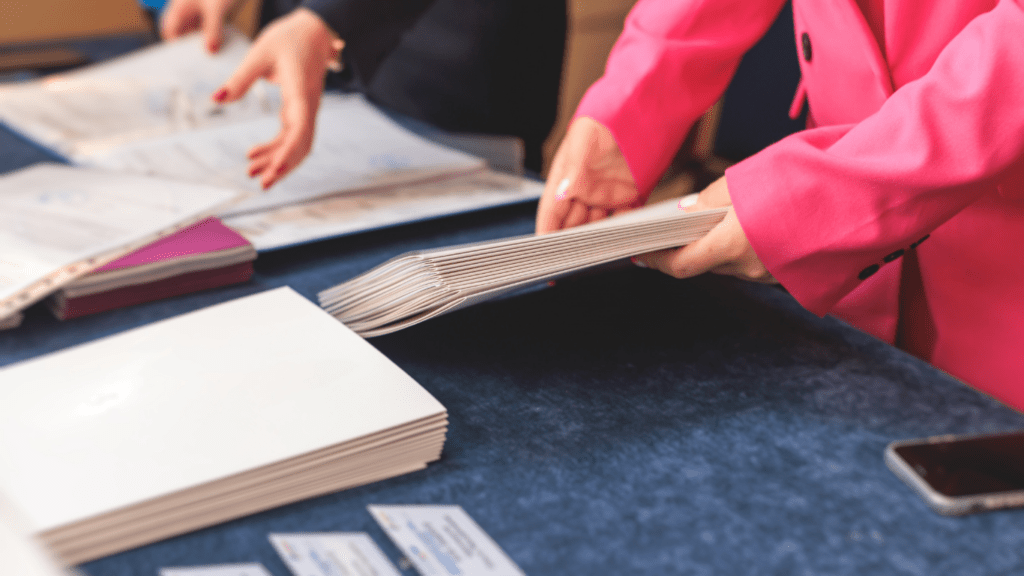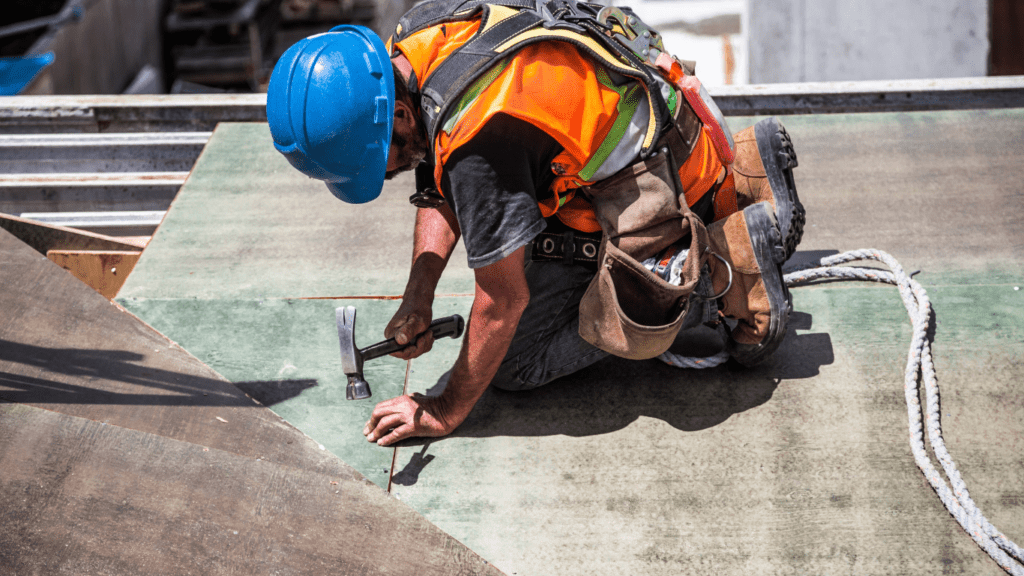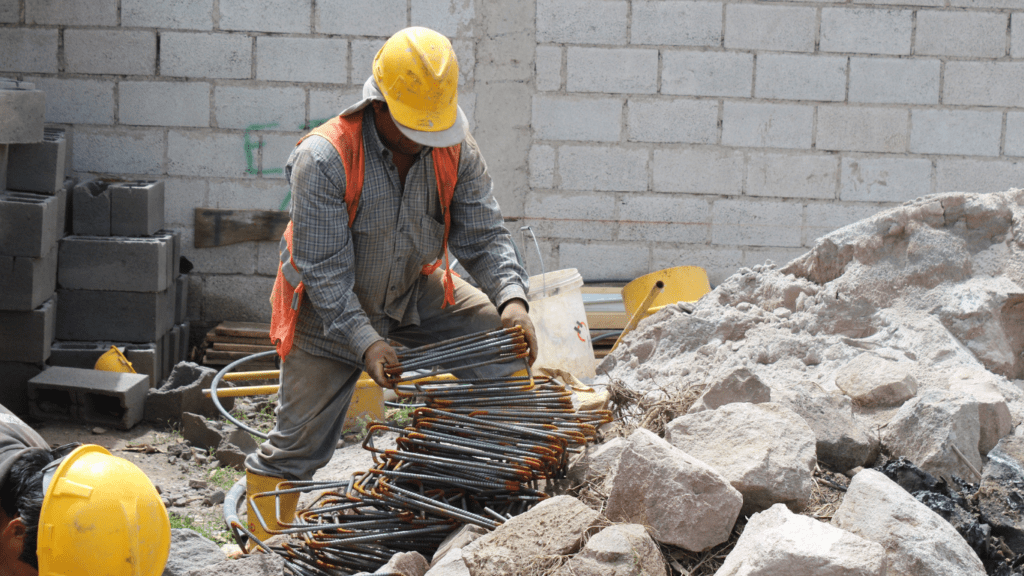If you’re considering making your home more environmentally friendly, understanding LEED certification for residential properties is a crucial step. As someone who’s passionate about sustainable living, I’ve delved into the world of LEED to uncover its benefits and requirements.
LEED, which stands for Leadership in Energy and Environmental Design, is a globally recognized green building certification system. It’s designed to promote sustainable practices in construction and operation, ensuring that buildings are resource-efficient and healthy for occupants.
In this article, I’ll guide you through the basics of LEED certification for residential properties, highlighting its significance in today’s eco-conscious world. Let’s explore how achieving LEED certification can not only benefit the environment but also enhance the quality of life for you and your family.
Overview of LEED Certification for Residential Properties
Exploring the essentials of LEED certification, especially for residential properties, sheds light on the profound impact of environmentally conscious choices in our living spaces. LEED, an acronym for Leadership in Energy and Environmental Design, stands as a prominent global certification system promoting sustainable practices in construction and operation domains.
Understanding the fundamentals of LEED certification unveils a world of benefits for both our environment and the well-being of families in today’s sustainability-focused society.
Benefits of Implementing LEED Certification
Incorporating LEED certification for residential properties offers a range of advantages that go beyond just sustainability aspects. Here are some key benefits to consider:
Energy Efficiency
Enhancing energy efficiency through LEED certification leads to lower energy consumption, reducing utility bills and the overall environmental impact. Sustainable features like energy-efficient appliances, lighting systems, and insulation contribute to a more eco-friendly home.
Cost Savings
By implementing LEED certification standards, homeowners can experience significant cost savings over time. From reduced energy costs to potential tax incentives and rebates, investing in sustainable practices can result in long-term financial benefits while supporting a greener lifestyle.
LEED Certification Process for Residential Properties
I’ll guide you through the essential steps involved in obtaining LEED certification for residential properties.
Registration
To initiate the LEED certification process for your residential property, you’ll need to register your project with the Green Business Certification Inc. (GBCI), which oversees the certification process. Registration involves submitting necessary documents and fees to begin the evaluation of your project’s sustainability features.
Documentation and Verification
After registration, the next crucial phase is documenting and verifying your project’s adherence to LEED standards. This step entails providing detailed information on various aspects of your property, including energy efficiency, water usage, materials selection, and indoor environmental quality. An accredited LEED professional will review your documentation to ensure compliance with the strict criteria set by the certification program.
Key Factors to Consider for LEED Certification
Exploring the essential factors for achieving LEED certification in residential properties is crucial for those striving to create environmentally sustainable living spaces. Let’s delve into key considerations to ensure successful certification and contribute to a greener lifestyle:
- Energy Efficiency: Prioritizing energy-efficient design and systems is paramount in achieving LEED certification. This includes using energy-efficient appliances, proper insulation, and renewable energy sources like solar panels to reduce overall energy consumption.
- Water Conservation: Implementing water-saving fixtures, such as low-flow toilets and faucets, plays a vital role in conserving water and meeting LEED requirements. Efficient irrigation systems and rainwater harvesting further enhance water sustainability.
- Sustainable Materials: Selecting eco-friendly and locally sourced materials with low environmental impact is a significant factor in attaining LEED certification. Utilizing recycled materials and sustainable wood products contributes to a more sustainable construction process.
- Indoor Air Quality: Ensuring good indoor air quality through proper ventilation systems, non-toxic paints, and building materials free of harmful chemicals is essential for creating a healthy living environment. Meeting LEED standards for indoor air quality promotes the well-being of residents.
- Site Selection and Land Use: Choosing a site with access to public transportation, amenities, and minimizing environmental disruption during construction are vital considerations for LEED certification. Preserving natural habitats and green spaces enhances the sustainability of the property.
- Innovation and Design Process: Incorporating innovative design strategies and technologies that exceed basic LEED requirements can earn additional points towards certification. Thinking creatively and embracing sustainable design practices can set your residential property apart.
By focusing on these key factors and incorporating sustainable practices into the construction and operation of residential properties, individuals can achieve LEED certification and make a positive impact on the environment and quality of life.



